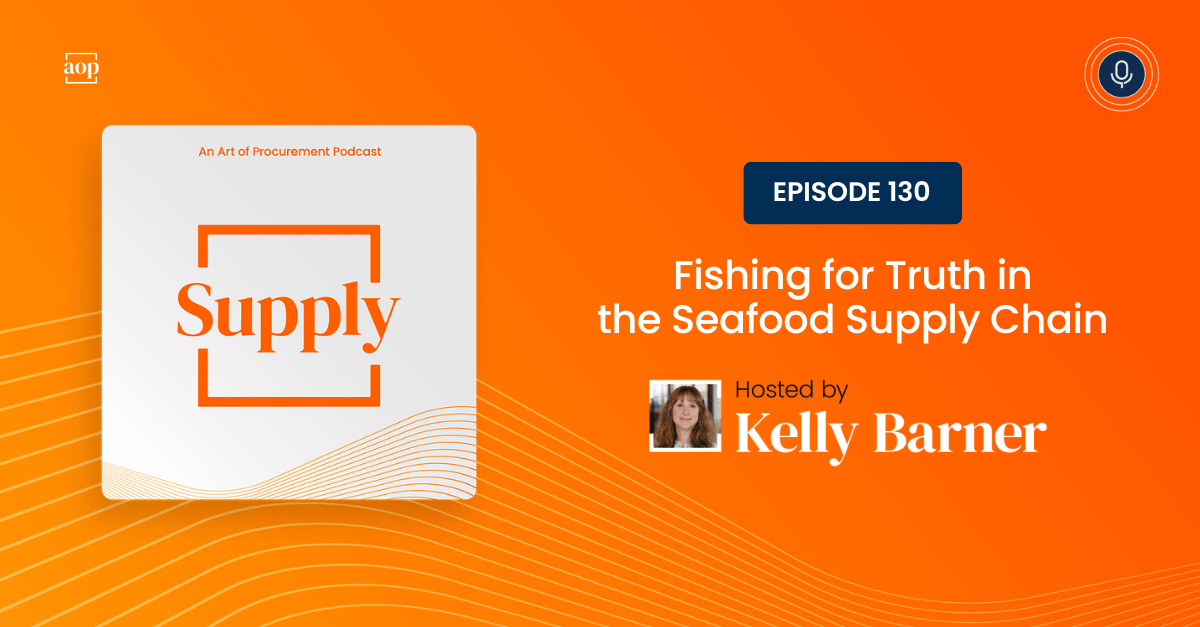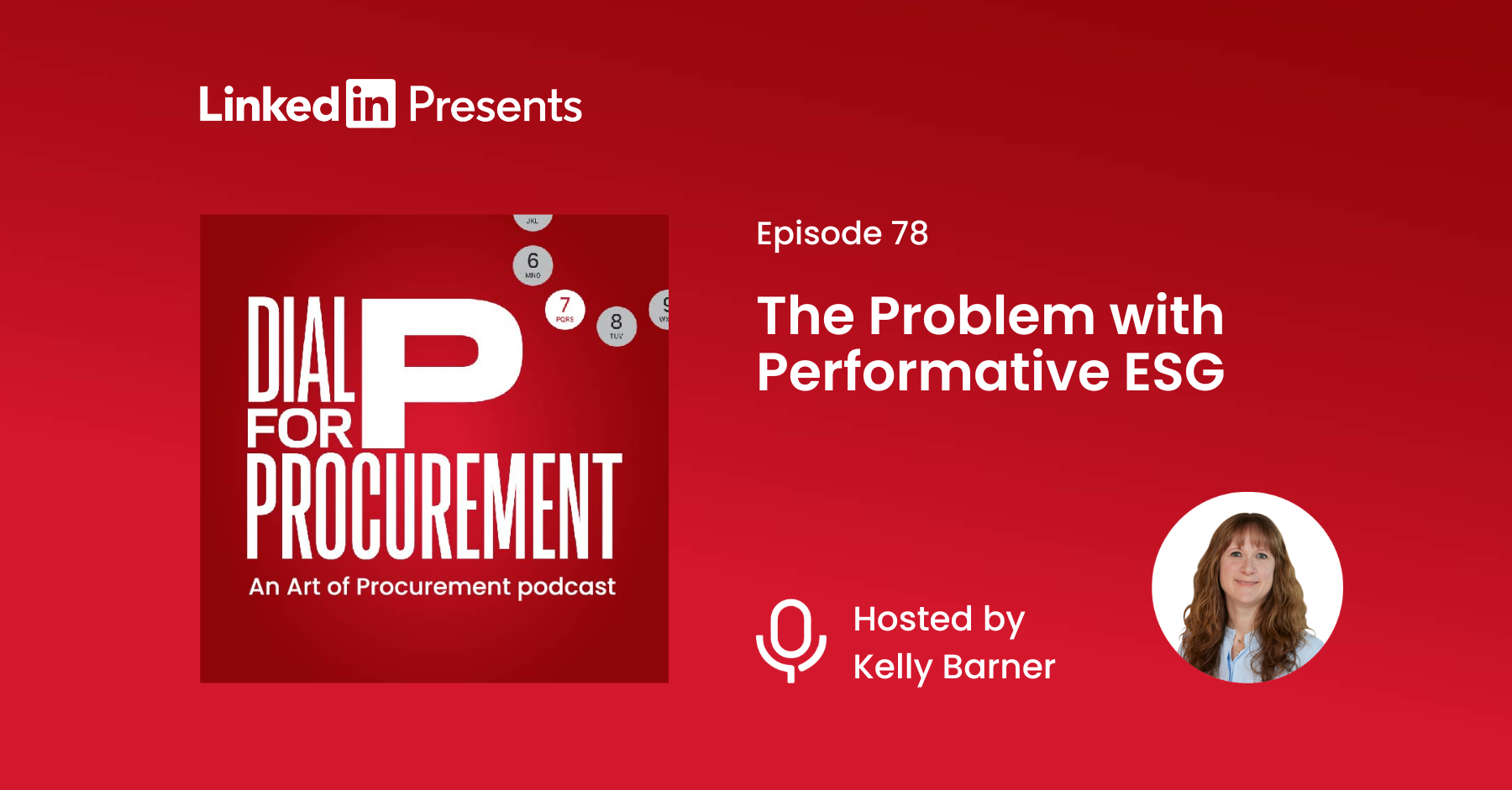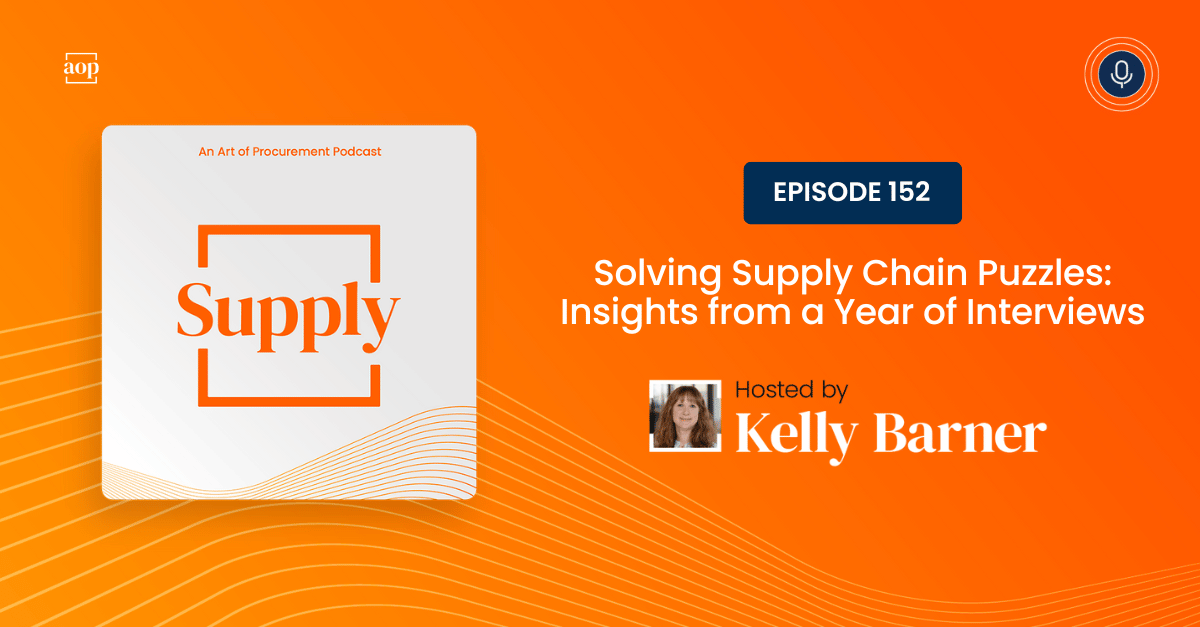
Oceana is a marine conservation nonprofit that has focused on seafood mislabeling for years, or “fish fraud” as it is colloquially known. Their most cited work is starting to get a bit dated, looking back 10 years plus in some cases, but it is still widely quoted by journalists across the media spectrum.
According to their research, more than 90 percent of the seafood consumed in the United States each year is imported, and around 20 percent of it is mislabeled. Their inspections found that every single fish with the word “snapper” on the label was mislabeled according to federal guidelines. 100 percent of “snapper” was not snapper.
The reality is, seafood is expensive and people are willing to pay more for premium products. That creates a systemic incentive for fraud. Seafood is also kind of confusing. Most of it looks the same, especially once it has been processed.
While the majority of seafood mislabeling is unintentional, enough of it is intentional, resulting in active criminal activity that often goes undetected until it is too late.
Forms of Fish Fraud
The three most common types of fish fraud are substitution, short weighing, and mislabeling.
- Substitution: According to FDA testing, fish is correctly labeled about 85 percent of the time. In some portion of the remaining 15 percent, less expensive fish is passed along as something more valuable, inflating the seller’s profits.
- Short Weighing: Seafood is typically transported cold, but excess ice and water can also be used to boost profits. In some cases, it does more than just preserve the fish, it also inflates its weight and therefore the price paid to buy it.
- Mislabeling: By far the most common type of fish fraud is mislabeling. Examples range from the type of fish to its country of origin and wild v. farm raised status.
With cases of substitution and mislabeling, the risk can mean more than overpaying. There may be health risks associated with eating one thing while thinking you are eating another. The worst case scenario is being unintentionally fed poisonous puffer fish, but just as concerning to many people is being led to believe they are paying more for wild sustainably caught seafood and being served formerly frozen imported fish instead.
Fishing for the Truth
There are a number of options available to consumers and concerned citizens looking to better understand what seafood is being served up.
The FDA offers a list of commonly mislabeled fish but it is also helpful to know the law. For instance, wild Atlantic salmon does not exist from a culinary standpoint because of regulations. The fish exists, but can’t be caught or sold because they are considered endangered.
One of the major challenges enforcement agencies face is that there is no one legal definition of what seafood fraud is, and multiple agencies play roles in the fight against it. The FDA, NOAA, National Institute of Standards and Technology (NIST), and Customs and Border Protection all participate in the fight.
The Lacey Act prohibits the “importation, exportation, transportation, sale, receipt, acquisition, or purchase of any fish or wildlife or plant taken, possessed, transported, or sold in violation of any law, treaty, or regulation” which sounds great, but effectively makes it illegal to break other laws.
Most regulations are federal and species specific, but where federal laws are not in place, state laws apply – again at the species level. The same is true for fishing prohibitions based on sustainability guidelines.
Managing Seafood Supply Chains
The seafood supply chain is long and complex, starting with producers (farmers or fishermen) and ending with supermarkets, restaurants, hospitals, and schools before being served to consumers.
There are both artisanal and commercial producers. While artisanal seafood is typically local, fresh, and small batch, the commercial seafood supply chain may include aggregators, primary and secondary processors, traders, wholesalers, distributors, and transporters. The more participants in the chain, the higher the likelihood of mislabeling, either intentional or unintentional.
Each player has to assume (with verification of course) that everyone before them has followed the law and done the right thing, labeling food accurately and receiving accurate information from others.
When fish is highly commoditized, it can be even more difficult to ensure traceability, although some major brands have had success in this area. Companies like McDonald’s and Whole Foods insist upon traceability, even with commoditized seafood products. This improves the reliability of the whole chain, even for smaller buyers.
Diners and supply chain professionals should follow all of the best practices usually associated with category management:
- Insist upon specifics
- Require traceability, even when multiple parties in the supply chain need to be involved
- Know how many steps are in the supply chain and where the risks is concentrated
Last but not least, be open to accurate terminology even if it is less appealing.
I’ve always wondered about imitation crab. Doesn’t it have to be something instead of just not being something else?
Often used to make seafood salad, crab cakes, and crab rangoons, this substitute for Alaskan wild crab is far less expensive. It is processed seafood shaped to look like crab, and sometimes described as the ‘hot dog of the sea.’
It may not sound as appealing, but at least it is honest, and that is more that we can say about a lot of the other products moving through the seafood supply chain.




